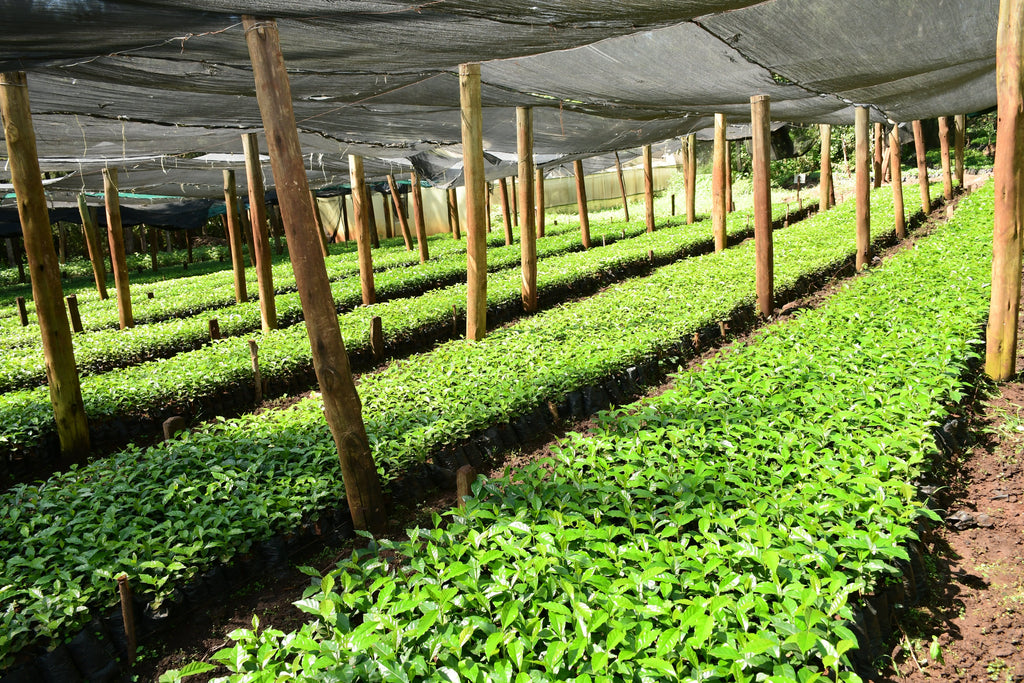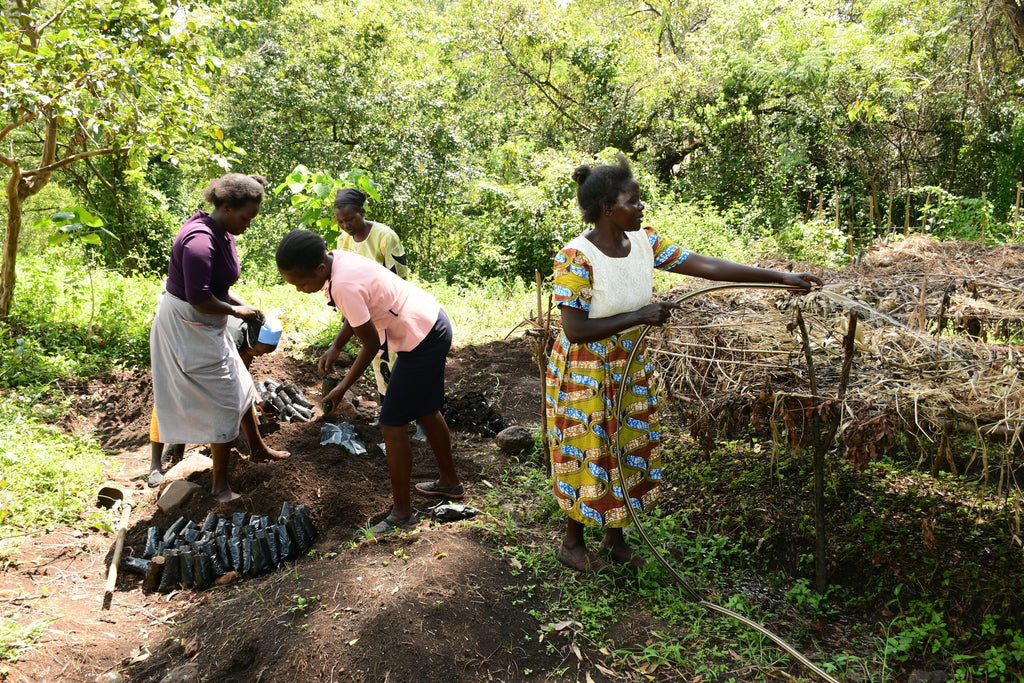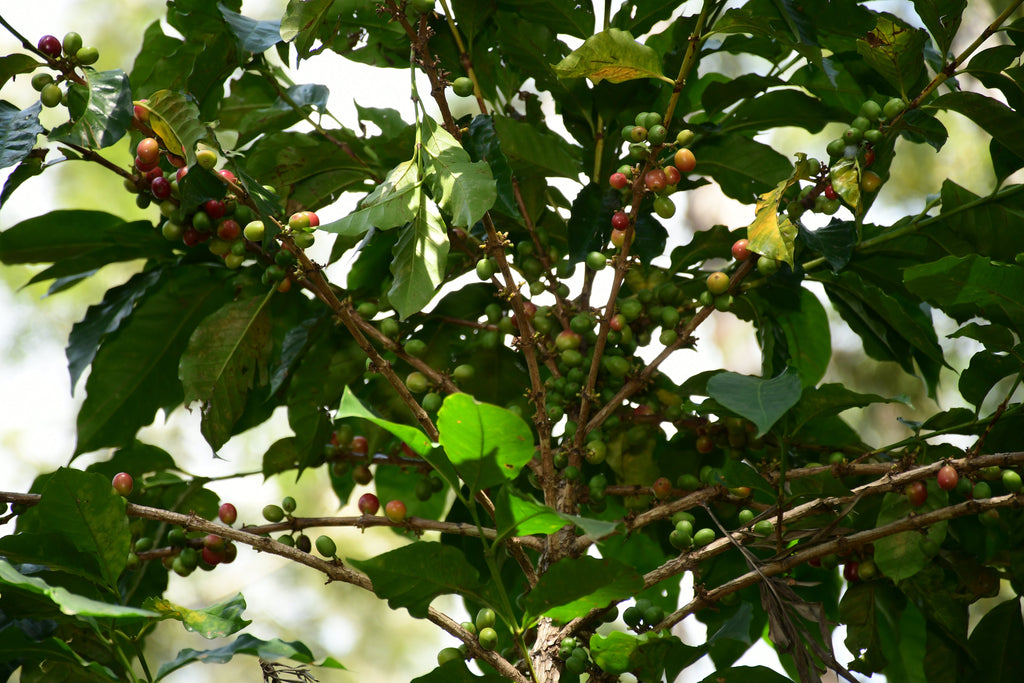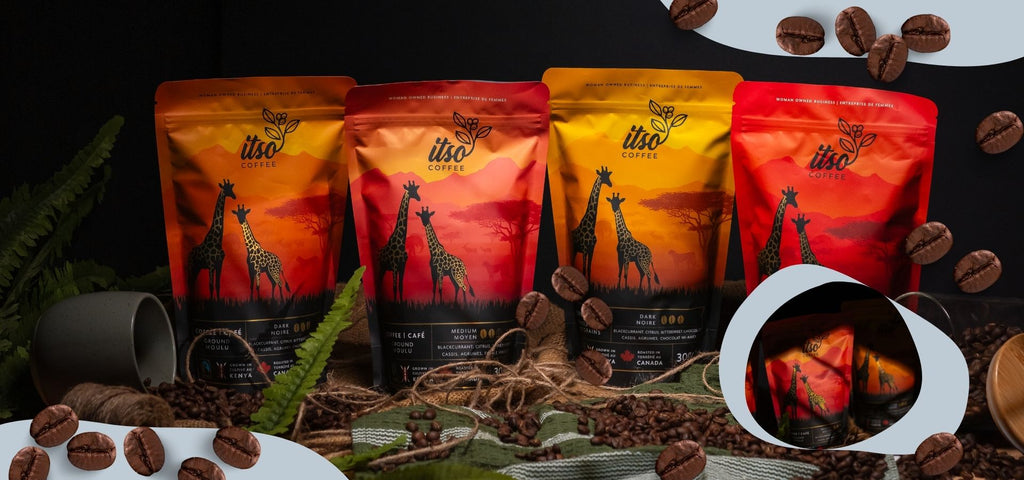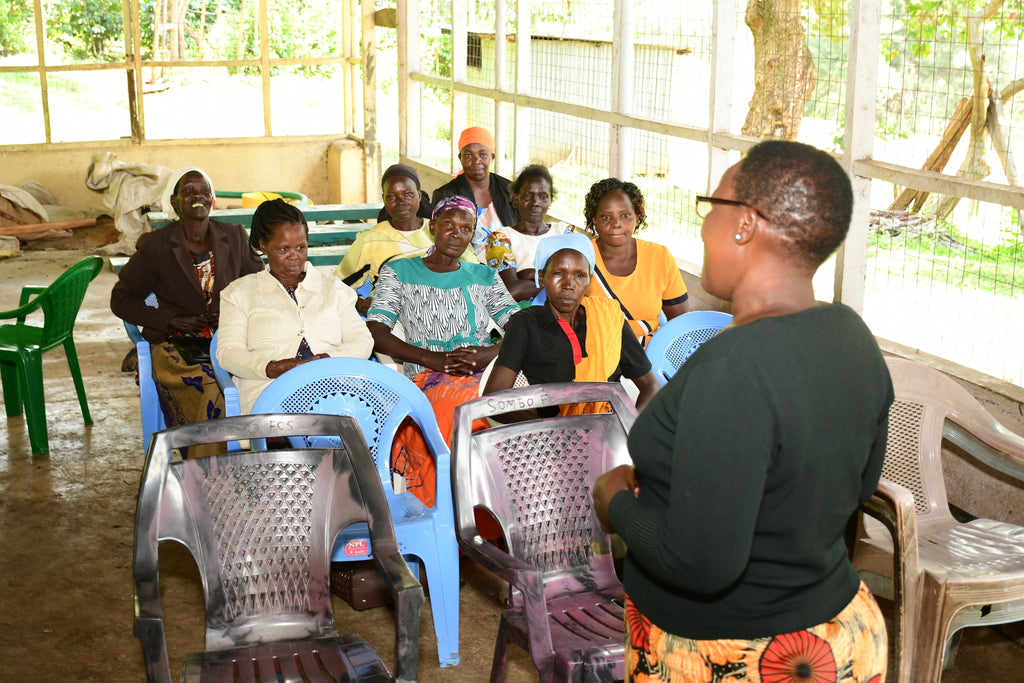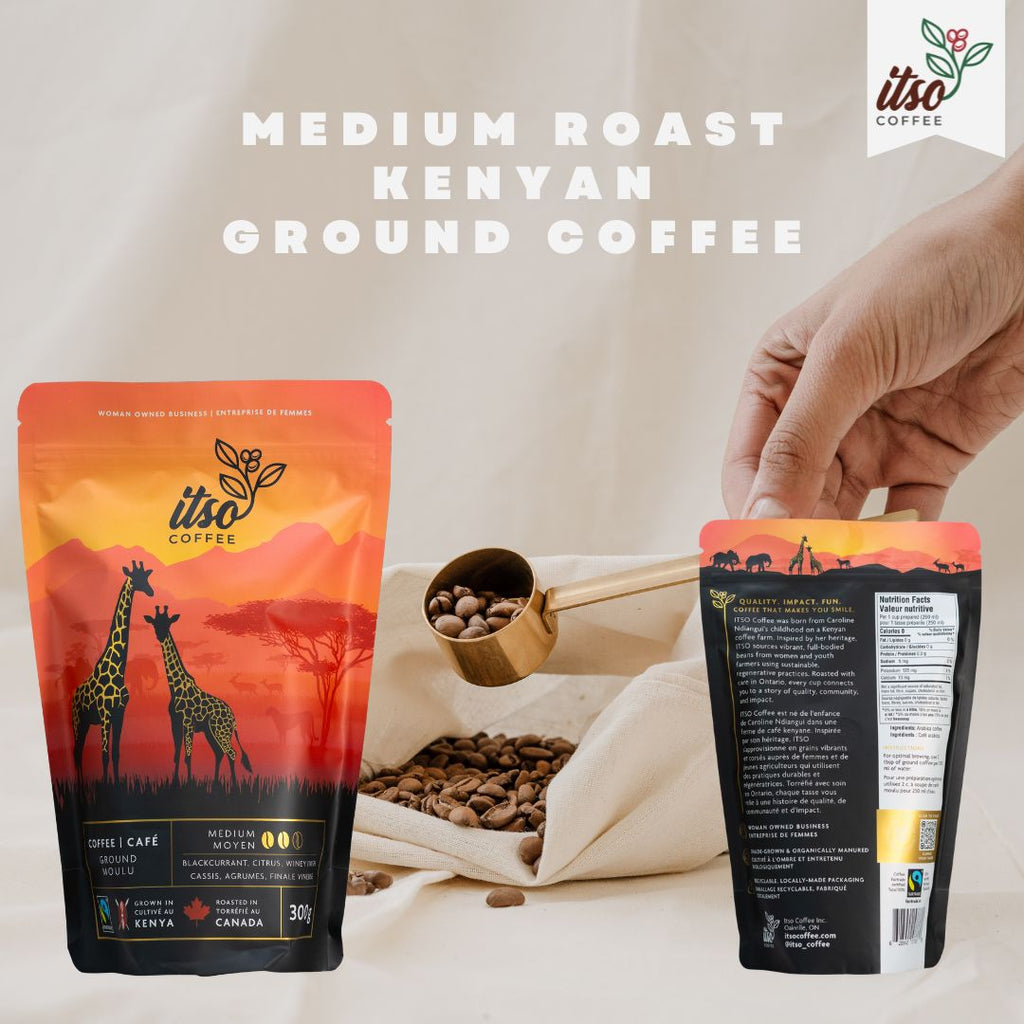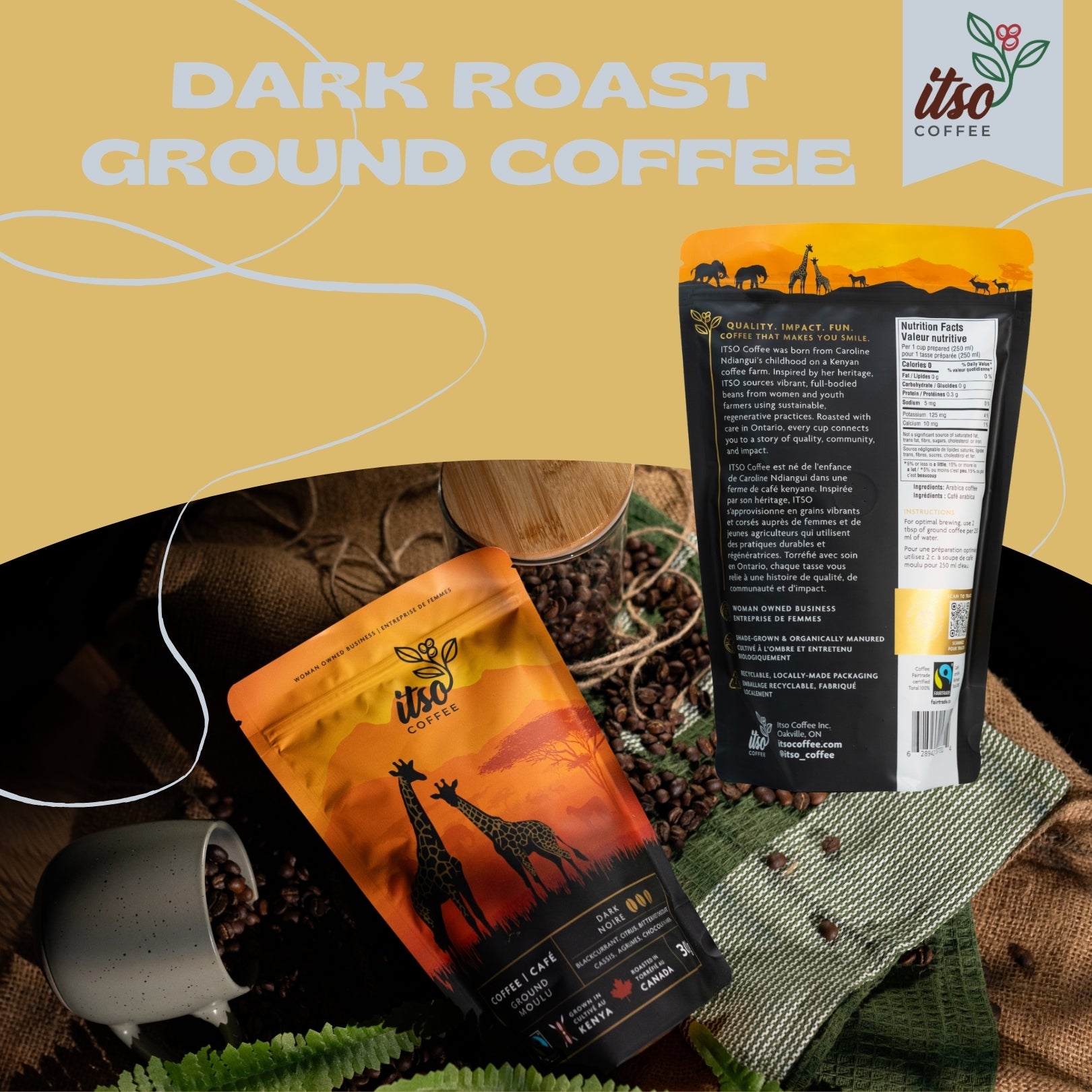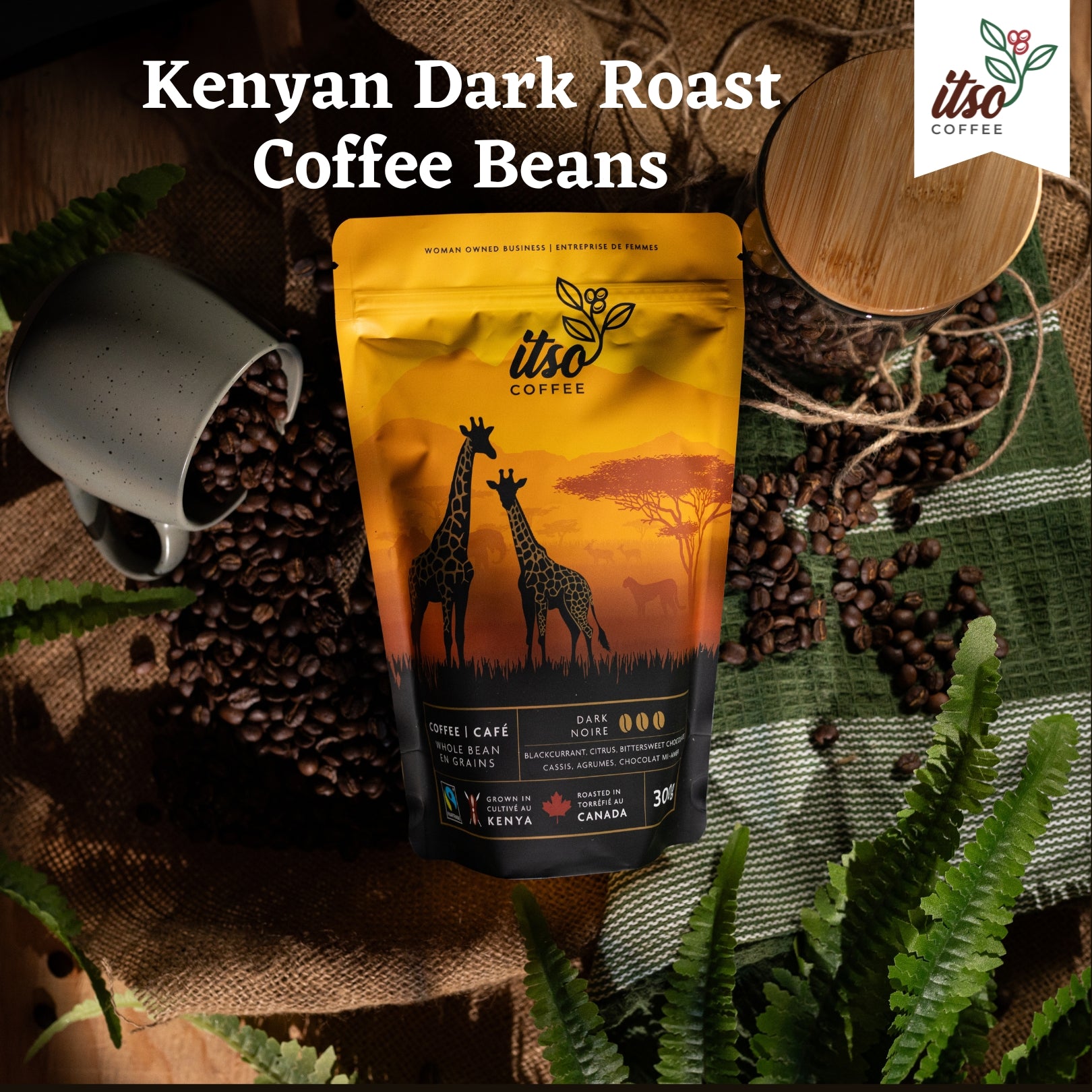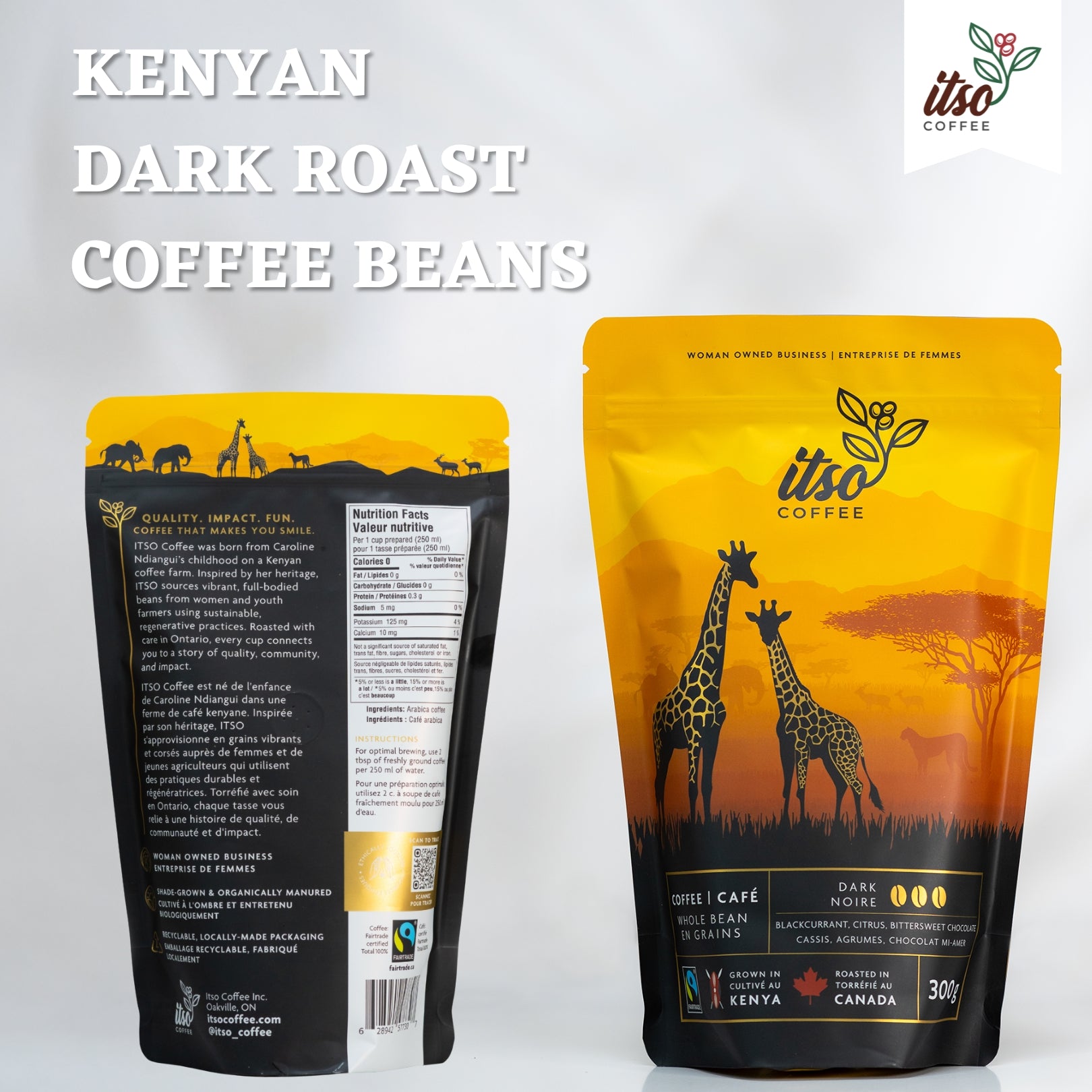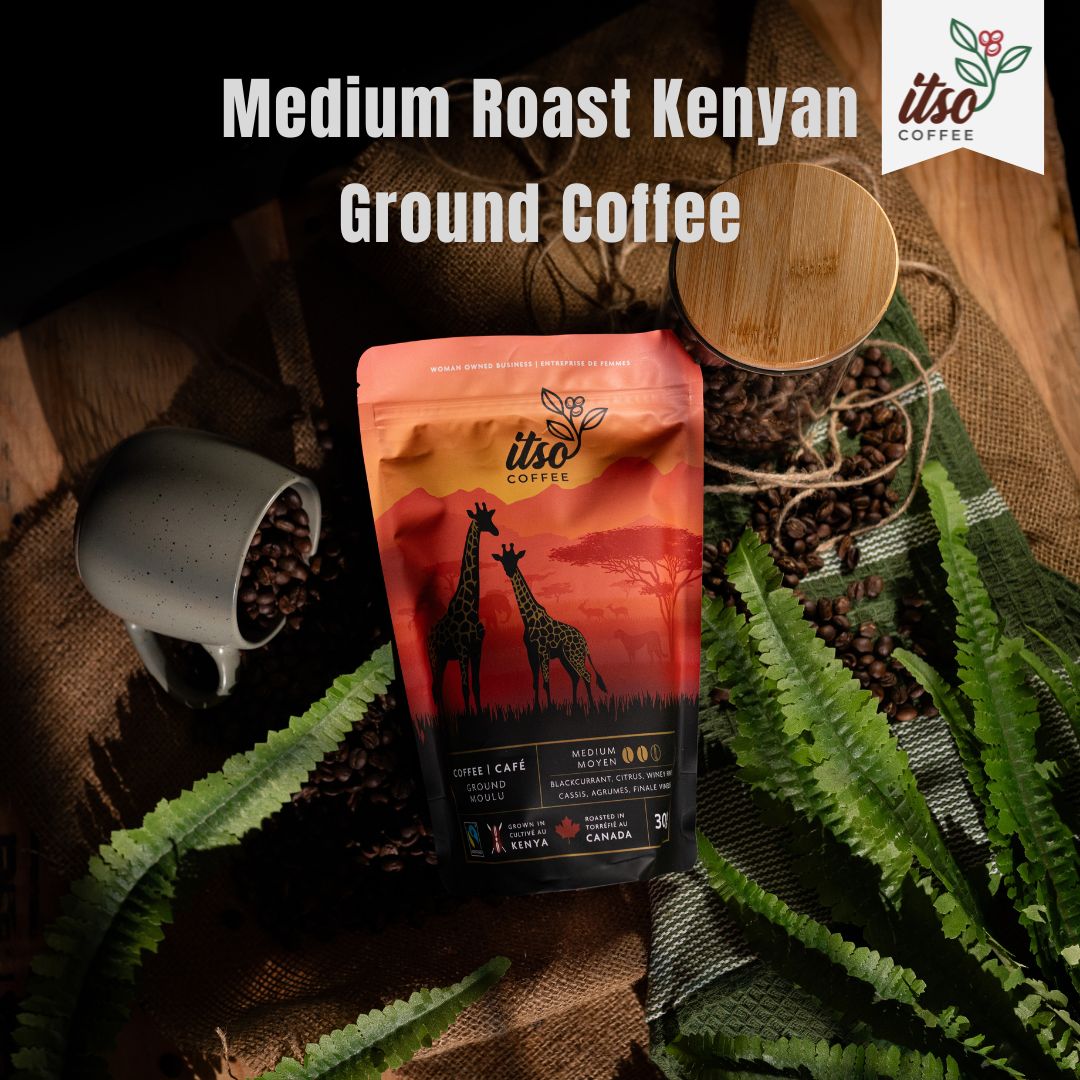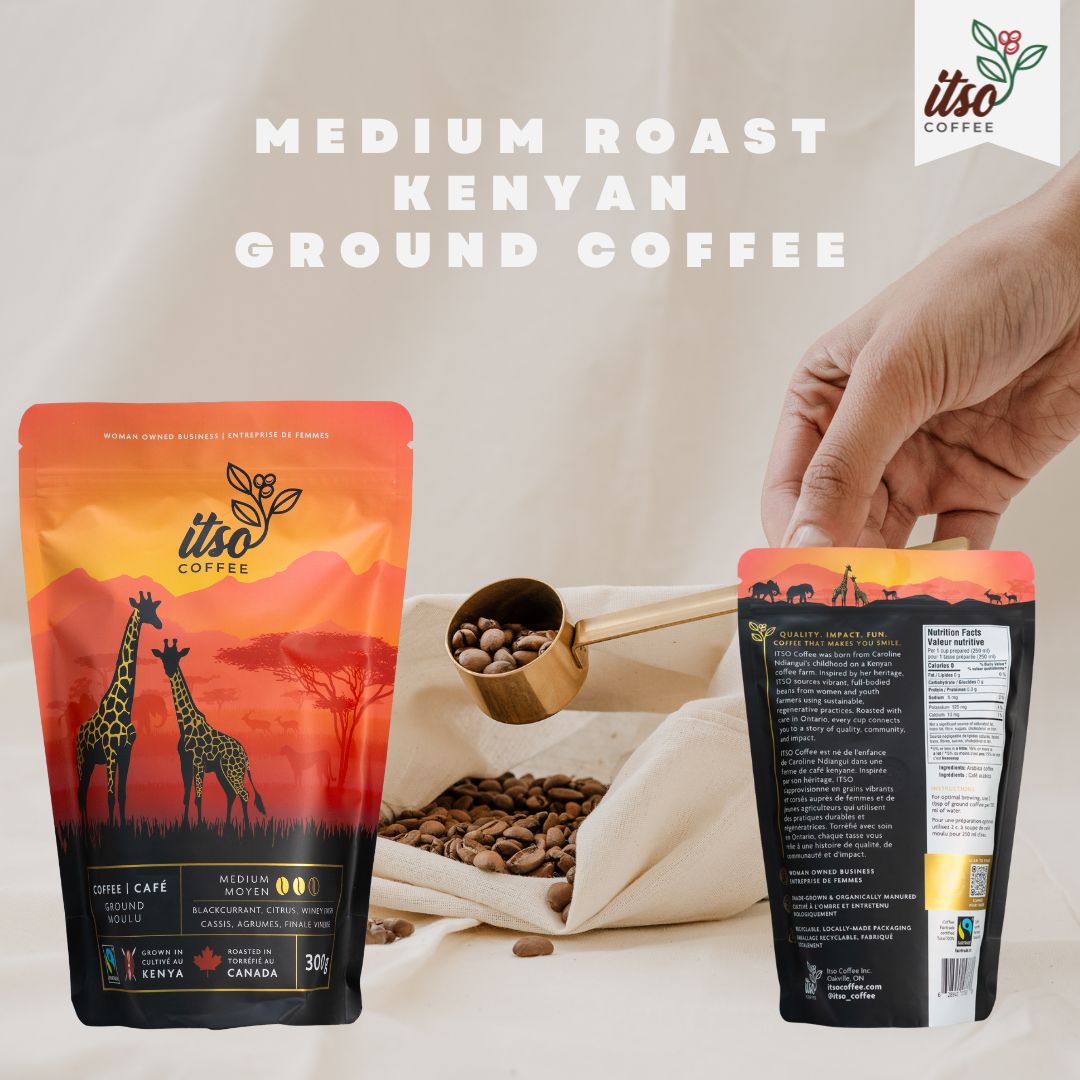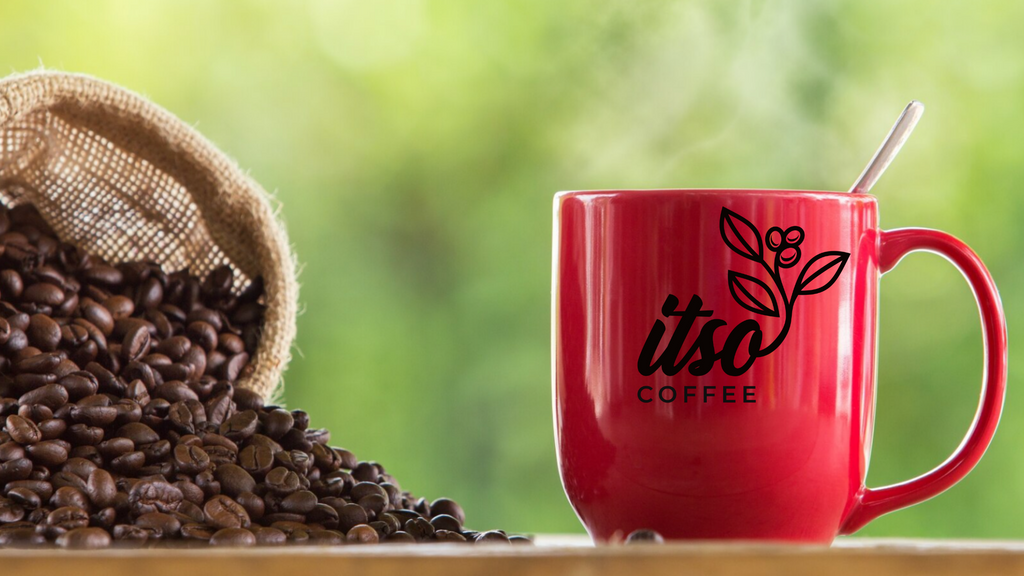
Sustainable Brewing: Unveiling the Eco-Friendly Reality of Coffee Consumption.

In today's eco-conscious world, more coffee lovers are seeking ways to enjoy their favourite brew while minimising their environmental footprint. From the cups we sip from to the grounds we discard, every aspect of our coffee consumption can impact the planet. In this blog post, we'll delve into the eco-friendly truth about coffee cups, grounds, and pods, offering insights into sustainable practices and tips for greener brewing.

Choosing Wisely: Recyclable vs. Compostable Coffee Cups, Grounds, and Pods
Understanding the distinction between recyclable and compostable materials is crucial when selecting coffee cups, grounds, and pods. Recyclable options, typically made from materials like paper or plastic, can be processed and reused, reducing waste and conserving resources. However, some recyclable materials may still end up in landfills if not properly sorted or processed. On the other hand, compostable alternatives break down into organic matter when discarded correctly, enriching the soil and reducing greenhouse gas emissions. However, composting facilities may not be readily available in all areas, limiting the accessibility of compostable options. By weighing these factors, you can make informed choices that align with your sustainability goals and values.

Tips for Eco-Friendly Disposal and Repurposing of Coffee-Related Waste
Once you've enjoyed your cup of coffee, there are numerous creative ways to repurpose coffee grounds, contributing to a more sustainable lifestyle. Beyond their use as a fertilizer for plants, coffee grounds can be repurposed in various DIY beauty treatments, showcasing their versatility and eco-friendly potential. From exfoliating scrubs to revitalizing face masks, coffee grounds offer natural benefits for skincare routines while reducing waste. By exploring innovative ways to repurpose coffee grounds, you can extend their lifespan and minimize their environmental impact, adding value to your daily cup of coffee.
 Discussion on the Environmental Impact of Different Coffee Packaging Materials.
Discussion on the Environmental Impact of Different Coffee Packaging Materials.

Insights into Sustainable Coffee Production Practices
Shade-grown cultivation involves growing coffee plants under the canopy of trees, preserving biodiversity and soil health while reducing the need for synthetic inputs. Organic farming methods prioritize natural soil enrichment and pest management techniques, avoiding the use of synthetic pesticides and fertilizers. Fairtrade initiatives ensure that coffee farmers receive fair compensation for their labour, empowering communities and fostering economic sustainability. By embracing these sustainable practices, coffee producers can minimize their environmental impact and promote social responsibility within the industry.
In conclusion, brewing a greener cup of coffee involves more than just choosing the right beans. By considering the environmental impact of every aspect of our coffee consumption, from cups to grounds to pods, we can all do our part to create a more sustainable future. Join us on the journey to eco-friendly coffee brewing, one cup at a time.




